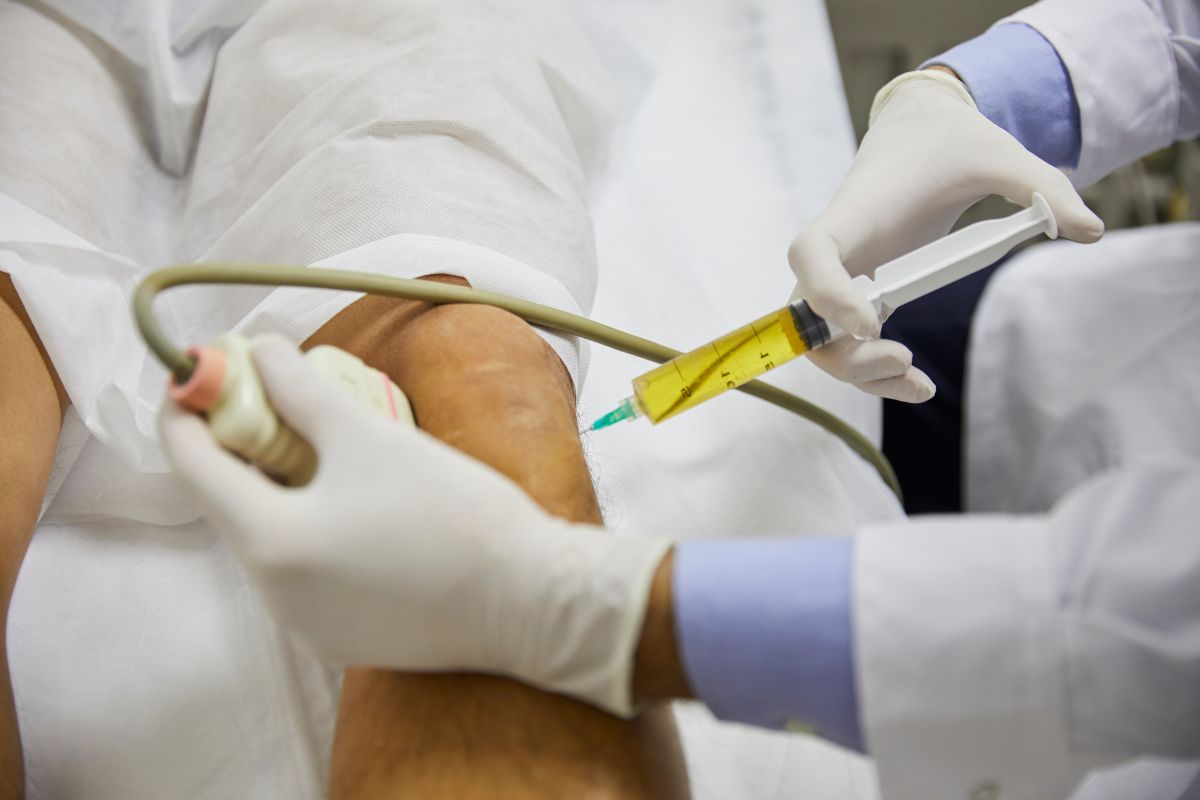Medicare can cover some of the costs associated with specific conditions and the treatment that entails. When it comes to stem cell therapy, that is no different.
Medicare will cover costs for stem cell therapies but only for very specific things. These include but are not limited to the treatment for some cancers or disorders of the blood such as sickle cell disease.

Whilst we know that stem cells are like the leaders of cells, in that they can repair damaged or dying cells, the above conditions can prevent this from happening and treatment may be needed.
Although Medicare will cover some of the costs in certain circumstances, it’s more complicated than this.
Today’s guide will examine what you need to know when it comes to Medicare and stem cell therapy.
Table of contents
What Exactly will Medicare Cover for Stem Cell Treatment?
Medicare can cover stem cell therapies for treatments that are approved by the FDA and these are normally treatments which help promote the growth and “birth” of healthy blood cells.
As a result, these treatments may be used to help with the treatment of cancers or blood disorders. These might be:
- Testicular germ cell cancers
- Lymphoma
- Acute Myeloid Leukemia
- Waldenstrom Macroglobulinemia
- Sickle Cell Disease
There are two types of stem cell therapies. One is called allogeneic stem cell transplantation and the other is autologous stem cell transplantation.
We’ll look at these both in more detail now.
Allogeneic Stem Cell Transplantation
This is a type of stem cell transplant that normally involves the intravenous infusion of stem cells which are provided from a healthy donor.
This type of stem cell therapy would be the preferred method if your body has an underlying condition which prevents it from producing its own healthy blood cells.
These may include sickle cell disease, myelofibrosis or leukemia.
Autologous Stem Cell Transplantation
Some of these may be non-Hodgkin’s lymphoma, amyloidosis or recurrent neuroblastoma.
The method that your doctor chooses will be subjective to your own condition and general health – so ensure you speak with your doctor for more information.
Understanding Medicare
There are various parts to Medicare and each part may cover different things, which is crucial to know when you are thinking about receiving some needed treatment.
We’re going to examine these elements in more detail so we can understand how Medicare can help with the costs of stem cell therapy.
First, Plan A of Medicare is the section that focuses on inpatient care services and skilled nursing services. Whilst you are in hospital, you could require stem cell therapy for your specific condition.
If your doctor has admitted you as an inpatient, plan A could cover some of the costs up to sixty days of staying in hospital. The deductible amounts vary now and again and may depend on your specific coverage.
Therefore, it is always best to check what you are covered for and for how much.
Second, Plan B of Medicare primarily focuses on outpatient care, treatment and services and this may include stem cell therapy.
However, your doctor must declare that you are in need of stem cell treatment for medical reasons and once you have paid the deductible, you’ll be asked to cover up to the value of twenty percent of the amount approved by Medicare for the stem cell therapy.
Finally, Plan C—which is now known as Medicare Advantage—is a plan that covers all the things included in Plan A and Plan B, but it may extend its services and other benefits to things such as prescription medications.
The treatments for stem cell therapy will be the same though as the ones included in Plan A and Plan B.
Medigap

Medigap, which is also known as Medicare Supplement, can help you pay for some of the services that we have discussed above.
It primarily looks at covering some of the out-of-pocket expenses that might be connected with the health services provided.
This is however, all dependent on the way you are charged and what type of plan you have. You should clarify this with your health care providers.
Are There Other Conditions that Medicare Might Cover Stem Cell Therapy for?
There have been a number of reports that stem cell therapy can be useful for treating severe knee osteoarthritis and some other knee treatments.
Whilst there have been numerous studies into this and many seem to corroborate each other, there has yet been any scientific confirmation for this. Currently, stem cell therapy would not be used for this treatment.
Additionally, Medicare would not cover the costs, or some of the costs for this. This is because Medicare needs significant and clear evidence for the medical requirement for certain conditions.
They also need the FDA to approve such medical uses. As stem cell therapy is relatively modern, in terms of the research into knee conditions, there has not been enough confirmed information at this time.
As a result, your doctor may conclude that stem cell therapy is not medically necessary for the treatment of your knee and may decide to use other avenues such as these:
- NSAID medication such as Ibuprofen or other anti inflammatories
- Steroid injections
- Injections for lubrication of the knee
- Nerve blocks
- Topical gels
The Bottom Line
Medicare may indeed cover some of the costs associated with stem cell therapies, but it is not always that simple.
There is an element of subjectivity and requirement for stem cell therapy to begin with and a lot of the costing will be dependent on the type of plan you have, among other financial and medical needs.
If you are unsure, clarify with your doctor and check your plan.
Frequently Asked Questions
Stem cell therapy cost can range anywhere between $5000 – $50,000. Patients must do their research and ask as many questions as they can before financially committing to treatment.
Several studies using stem cells as a treatment for arthritis have shown lasting results anywhere from six months to several years.
Most patients will receive a series of three stem cell injections spaced out between two to five days. The first injection is a pre-injection procedure, wherein a solution of dextrose (simple sugars) is applied to the injured area to prepare it for the stem cells.
